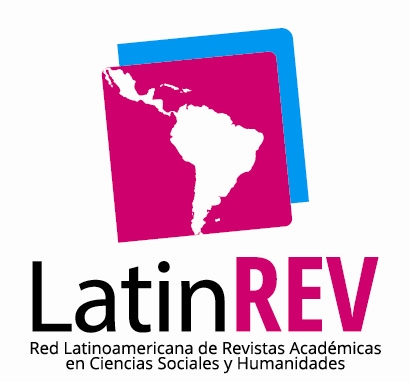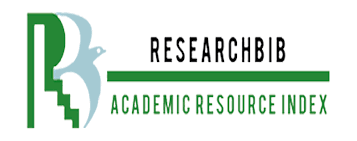Archaeology: a self-aware sub-discipline that understands the dynamics of the present
DOI:
https://doi.org/10.35622/j.rr.2022.09.005Keywords:
Arqueología Colombiana, disciplina autoconsciente, estudio del pasado, arqueología multidisciplinarAbstract
This paper aims to provide a synopsis of the fluctuations in the academic dynamics of archaeology in Colombia, with the main objective of showing that it has gone through multiple changes in its methodological and academic approach, going from being a discipline concerned with the reconstruction of the past through the analysis of archaeological objects and sites, to a self-aware multidisciplinary corpus that analyzes the social characteristics of past and present populations, thanks to the incorporation of disciplinary components that recognize the dynamics: political and socio-cultural, in which the communities are immersed. For this, the current text starts with a brief tour through the historical sections that point out the different disciplinary approaches together with the criticism they have had, concluding that through the affiliation of currents of thought from other areas of study, archaeology was transformed into a discipline that in relation to the studies of the past tries to give answers to the problems of the present, under important challenges and agendas.
References
Binford, L. R. (1962). Archaeology as anthropology. American antiquity, 28(2), 217-225. https://www.cambridge.org/core/journals/americanantiquity/article/abs/archaeology-as-anthropology/784B7F3D256EF36487D0A861E21E6B3E
Bognanni, F. (2010). La teledetección aplicada al estudio del pasado a una escala interregional. Revista española de antropología americana, 40(2), 77-93.
Clarke, D. (1973). Archaeology: the loss of innocence. Antiquity, 47(185), 6-18.
Drennan, R. (2006). Lo difícil de la arqueología. Revista de Estudiantes de Arqueología de la Universidad Nacional. (3), pp. 13-24.
De Feo, M. E., Gobbo, J. D., & Moralejo, R. A. (2013). Hacer arqueología desde las alturas. Museo. http://sedici.unlp.edu.ar/bitstream/handle/10915/47118/Documento_completo.pdf?sequence=1
Flannery, K. V. (1982). The golden Marshalltown: a parable for the archeology of the 1980s. American Anthropologist, 84(2), 265-278. https://anthrosource.onlinelibrary.wiley.com/doi/epdf/10.1525/aa.1982.84.2.02a00010
Forero, E. (2003). Arqueología transdisciplinar. De la objetividad a la hermenéutica. Boletín de Antropología Universidad de Antioquia, 17(34), 252-271.
Forero, E., Rodríguez, C. A., & Rodríguez C., J. V. (2010). Arqueología transdisciplinaria: un modelo de análisis en la gestión, la conservación y la difusión del patrimonio cultural y natural prehispánico en Colombia. Boletín De Antropología, 20(37), 288–306
Gómez, A. N. (2010). Arqueología colombiana: alternativas conceptuales recientes. Boletín De Antropología, 19(36), 198–231. Recuperado a partir de https://revistas.udea.edu.co/index.php/boletin/article/view/6924
Jurado, H. P., & Bueno, M. A. M. (2004). Teledetección en Arqueología: el instrumento SAR. Saldvie: Estudios de prehistoria y arqueología, (4), 331-362.
Langebaek, C. H. (2003). Arqueología colombiana: ciencia, pasado y exclusión. Arqueología, 259-269.
Langebaek, C. H. (2004). Historia y arqueología. Encuentros y desencuentros. Historia Crítica, (27), 111-127. https://revistas.uniandes.edu.co/doi/pdf/10.7440/histcrit27.2004.06
Martín, A. M. M. (1991). Aplicaciones de la teledetección en arqueología. Una revisión crítica. Cuadernos de Prehistoria y Arqueología de la Universidad de Granada, 16, 425-451.
Sánchez, R. M. (2000). La arqueología: antecedentes, evolución y futuro. Farua: revista del Centro Virgitano de Estudios Históricos, (3), 35-45.
Trigger, B. G. (1992). Historia del pensamiento arqueológico. Critica S.A.
Published
Issue
Section
License
Copyright (c) 2022 Rober Andres Sandoval-Carabali

This work is licensed under a Creative Commons Attribution 4.0 International License.




















